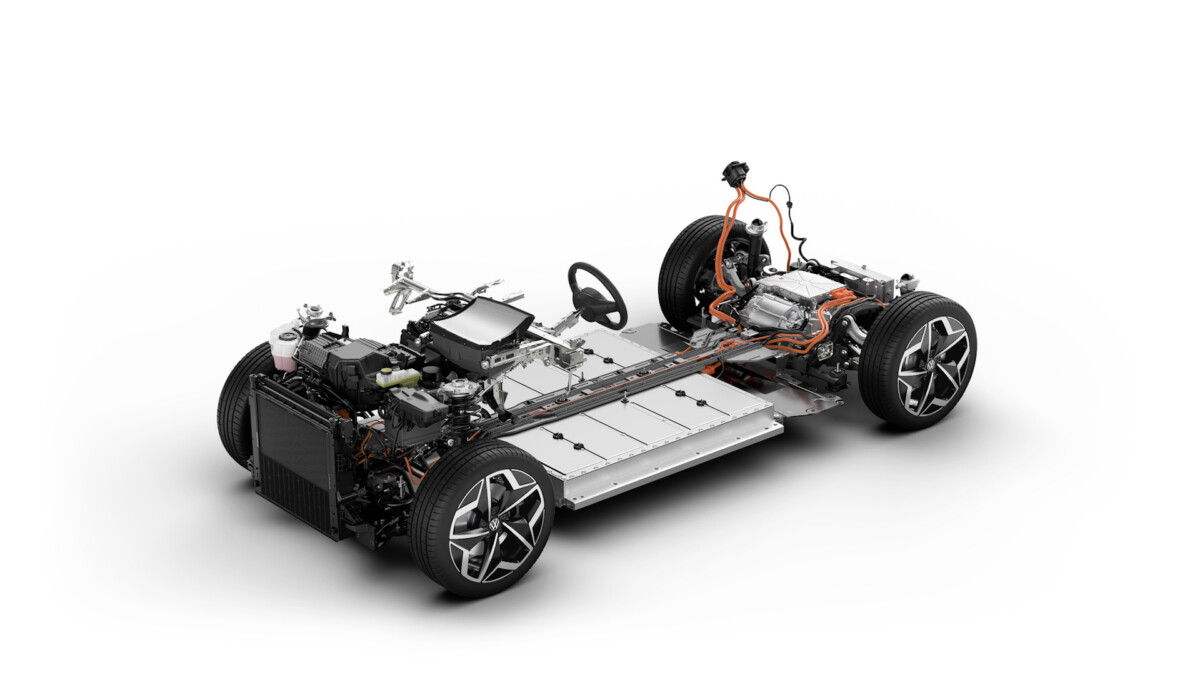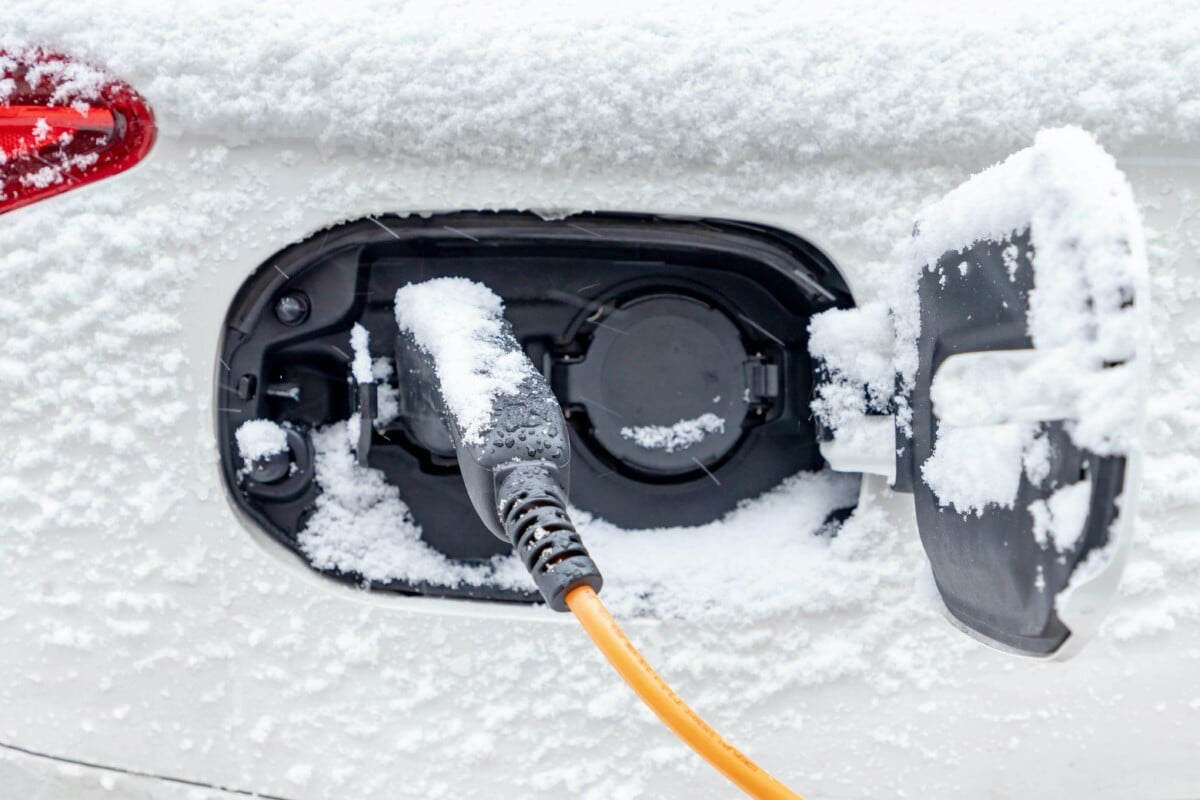When you’re not using your electric car, it can discharge itself. But how long can you really leave it unplugged? What are the risks, and why does this phenomenon appear? Let’s take a look at these questions together.
Newcomers to electric mobility can sometimes experience what is known as vampire consumption. This is the loss of some of the energy stored in the car battery when not in use.
We are going to come back to the reasons for this phenomenon, which manifests itself with more or less vigor depending on the manufacturers of electric cars. Between real consumption to preserve the health of the various electrical systems and abnormal loss of energy, see what happens to the battery of an electric car when it is not in use.
A car that doesn’t just sleep
An electric car that is not in use is not necessarily in deep sleep. We can equate this to standby, the same that concerns your television or your computer when they are not unplugged.
In practice, the battery management system will periodically check the health of all subsystems in the vehicle, thereby waking up various components. In doing so, a small part of the energy stored in the large traction battery (the one used to move the car) will be consumed.

On a thermal vehicle which is not used for very long periods, the 12 volt battery can be discharged. To prevent this from happening, electric vehicles go to lightly recharge the auxiliary battery at regular intervals, by discharging a small part of the energy from the traction battery.
However, this consumption is derisory, and can keep an electric car charged for many months under these circumstances. There are, however, a few other uses of energy when the car is parked that can be more energy intensive. We can for example cite sending information to the manufacturer’s servers via the Internet, downloading updates remotely or even using a mobile application to inquire about the condition of the car.
In this little game of consumption when the car is not in use, one manufacturer stands out much more than the others: Tesla.
Tesla, a brand (almost) apart
Owners of other brands of electric cars are not familiar with this phenomenon of vampire consumption in comparable dimensions, as it is unique to Tesla. Google is not mistaken when looking for information on this vampire consumption, by auto-complete with the name of Elon Musk’s firm.

Tesa does not seek to keep a low profile on this vampire consumption, since it is also clearly stipulated in the user manual of its Model S, Model 3, Model X and Model Y, as you can see below. below.

In effect, Tesla says that under normal use, you can expect to lose around one percent of battery dailyand that in two weeks without use, if the battery has dropped by 14%, everything is normal.
This vampire consumption can be much higher depending on the conditions, and in particular the use of the cabin’s anti-overheating mode (which will start the air conditioning periodically if necessary), the sentinel mode (which can consume more than 10% per day) or the frequent use of the mobile application which will wake up the vehicle.
Tesla is almost an exception on the market with such high energy consumption when the vehicle is not in use, although recently, Rivian experienced a similar phenomenon. In practice, it was a remote update that prevented the electric pickup from going into deep sleep, and therefore wasted energy unnecessarily.

We can also cite Bolloré’s Bluecar in a completely different register, which consumes a lot of energy when stationary, draining the entire battery in just a few days. But this is due to the particular chemistry of its battery which is not found elsewhere.
Whether you have a Tesla or another electric car, if you’re going away for an extended period of time, a few best practices can save you from potentially serious disappointment if the battery becomes completely discharged. So let’s see what to do to avoid problems.
What to do when going on vacation?
In order to limit the degradation of the battery, but also this phenomenon of vampire consumption if you do not use your electric car for several weeks, leaving it plugged in is often the best thing to do.
Indeed, by being connected to a charging station, the car will never use the energy stored in its battery, but will instead periodically draw energy directly from the gridwhere it is plugged in.

So you have the assurance of not draining your car battery, but what about the charge limit to be set? In effect, it is not advisable to 100% charge an electric car that is not going to be used, because the degradation of its battery will accelerate if this is the case. Except for LFP batteries.
Ideally, it is advisable to keep a charge level close to 50% if the car is not used for an extended period (we are talking about several weeks). If possible, plug the vehicle in and keep its charge limit at 50%. This is the way to ensure the best conditions for the car battery during a long period of absence.
Unfortunately, sometimes it’s not an option, and it is then necessary to find a solution so as not to completely drain the battery of your electric car in a few weeks. The example from Tesla’s user manual indicates that in about three months a battery can be completely drained.
Among other manufacturers, the phenomenon is not necessarily as marked, but even on vehicles from the firm of Elon Musk, it is possible to combat vampire consumption for long absences.
If you cannot plug in your electric car during an extended absence, arrange for the battery to be around 50%, and turn off as many potentially power-consuming processes as possible to let the vehicle go into deep sleep.
This includes in particular mobile access via the companion application, unlocking by remoteness, software updates or even the anti-overheating features of the cabin. Refer to the user manual provided by the manufacturer, which most often has a section relating to the long-term storage of the vehicle.
How long does an electric car retain energy from a charge without driving?
In conclusion, we can say that in the most extreme cases (sentinel mode active on a Tesla, air conditioning that activates frequently, etc.), a big week can be enough to completely drain the battery of an electric car that is not in use.
However, by taking a few obvious precautions and allowing the car to go into deep standby, it can take more than six months for the battery level to pass a critical threshold not allowing the vehicle to leave immediately.
That is why the best thing to do is to leave your car plugged in when not in use, when possible of course. If under typical circumstances an electric car that is not used for a few weeks will have no problem starting again, beware of extreme cold, which can have a very negative effect on the batteries of electric cars.

Indeed, in order to remain in a correct state of health, the battery management systems will activate to keep the cells at a suitable temperature as long as possible. And if this is not possible, a large part of the battery will be “frozen”, amputating the autonomy in a consequent, but temporary way.
Conversely, Renault recommends not leaving your car parked in direct sunlight for several weeks, in order to avoid reducing the capacity of the battery. The latter prefers cold to hot to keep better. But don’t worry, the various Tesla reports prove that a battery will have a much longer life than the car.
To follow us, we invite you to download our Android and iOS application. You can read our articles, files, and watch our latest YouTube videos.
